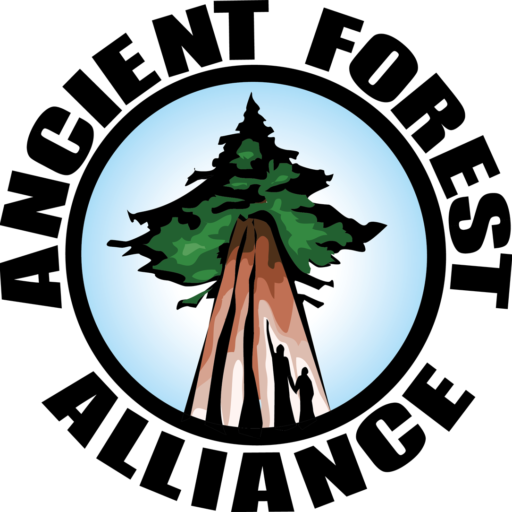Get in Touch
AFA’s office is located on the territories of the Lekwungen Peoples, also known as the Songhees and Esquimalt Nations.
Copyright © 2025 Ancient Forest Alliance • All Rights Reserved
Earth-Friendly Web Design by Fairwind Creative
Earth-Friendly Web Design by Fairwind Creative

Media Release: BC Timber Sales Review Protects Destructive Status Quo Over Old-Growth Forests
Infographic: 5 years after the Old Growth Strategic Review, the BC Government stalls progress and starts to backslide.
Vancouver Sun: Languishing ‘in the doldrums’: Conservation groups demand action on B.C.’s old-growth logging review
Victoria Buzz: Images expose ongoing old-growth logging as BC government misses key deadline
Five Years After Old Growth Strategic Review, BC Government Stalls Progress and Starts to Backslide
NOW HIRING: Vancouver Canvass Director
$1.2B Federal Forestry Funding Is BC’s Chance to Future-Proof Economy With Smart, Modern Forest Industry
Thank you to our monthly business donors!
Photo: Cute Bear Cub Climbs Tree!
Thank you to these businesses and organizations!